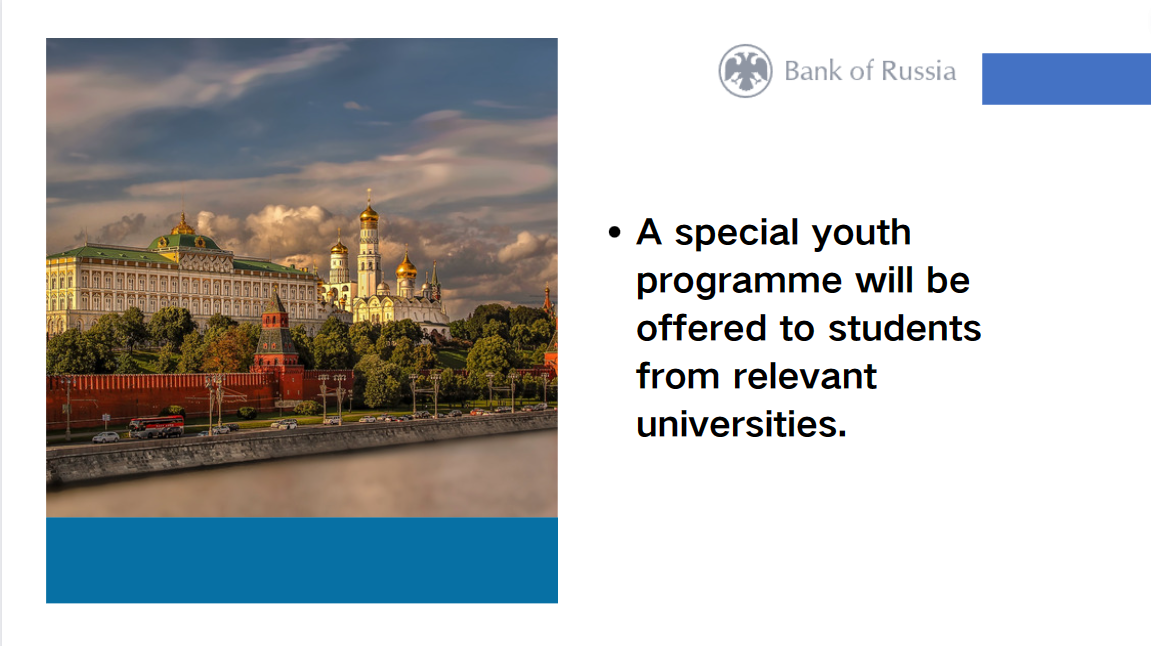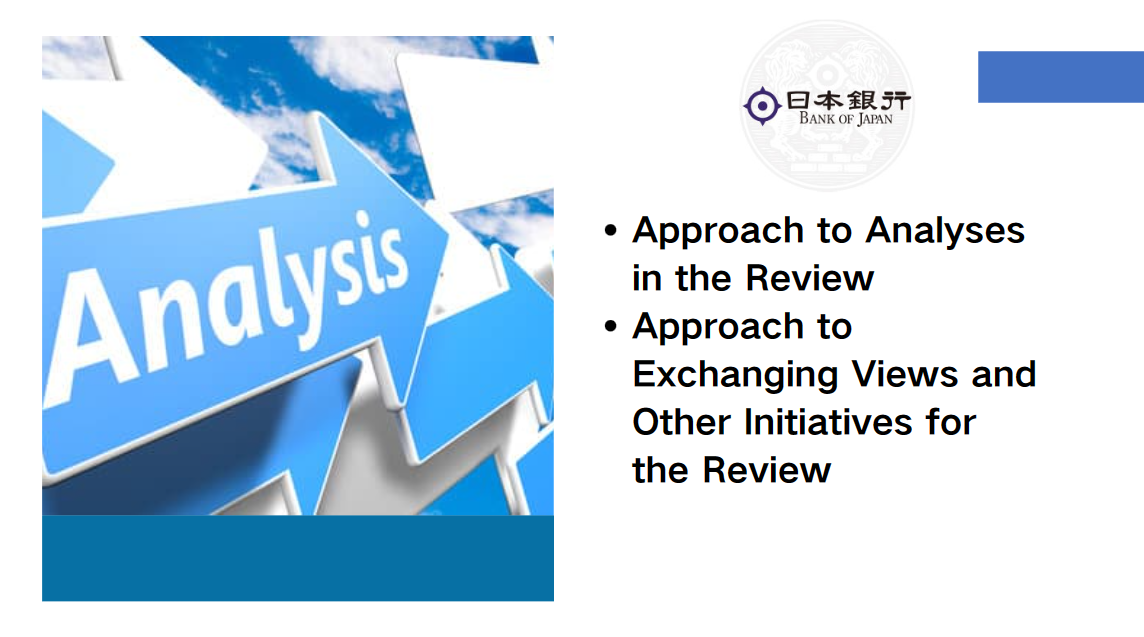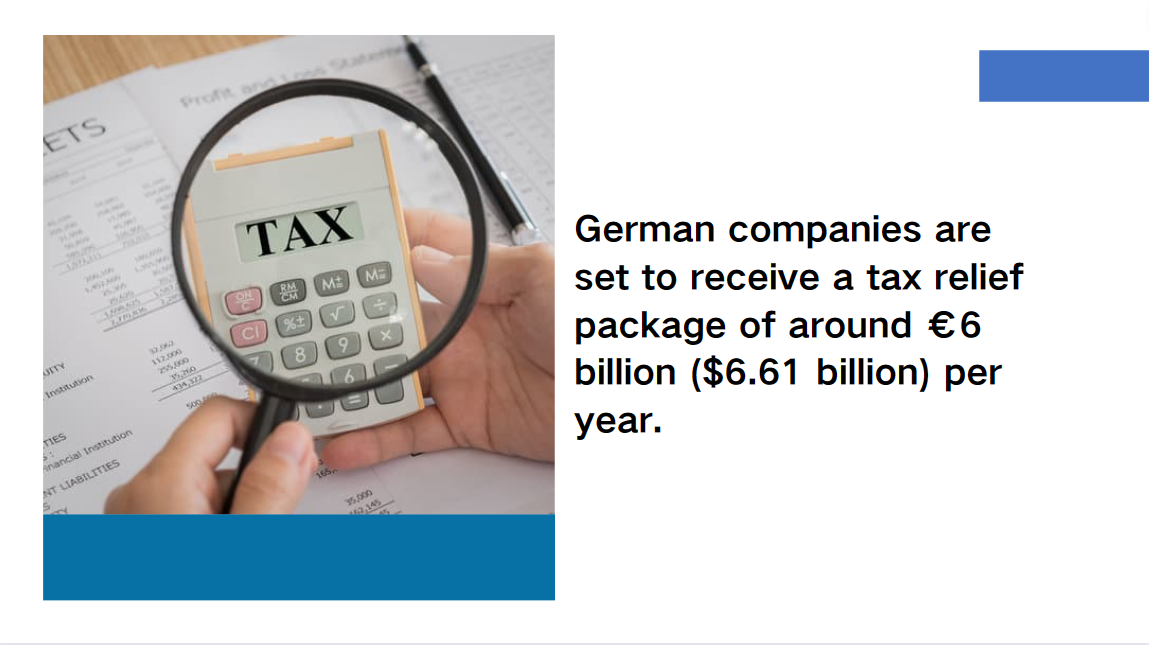Experts urge more support on monetary, fiscal policy
Recovery: Private economy to get a boost
China's economy grew more slowly than expected in the second quarter of the year, after the strong post-COVID rebound in the first quarter, putting pressure on policymakers seeking to consolidate the recovery trend and raising expectations that the cenral government will soon roll out more stimulus measures.
Although the broader economy is facing pressures from the still-weak demand, a complicated external environment and a real estate slump, economists believe that China is still on track to reach its annual growth target of around 5 percent, given the steady rebound in domestic demand and the steps taken to shore up the economy in the second half of the year.
The focus should be on boosting domestic demand, stimulating the vitality of private investment and stabilizing market expectations, and the government needs to step up both fiscal and monetary policy support to help strengthen the economy's recovery, they said.
China's GDP grew by 6.3 percent year-on-year in the second quarter compared with 4.5 percent in the first quarter, data released on Monday by the National Bureau of Statistics showed. The second-quarter growth is weaker than the 7.3 percent predicted by a Reuters poll.
In the first half of the year, China's economy expanded by 5.5 percent year-on-year, according to the NBS.
China's first-half GDP growth rate was significantly higher than that of major developed economies, laying a solid foundation for achieving the full-year growth target and showcasing the strong resilience of the economy, NBS spokesman Fu Linghui told a news conference held in Beijing on Monday.
"Despite facing pressures and challenges, the economy will steadily recover with the improvement in employment, residents' incomes, domestic demand as well as the optimization and adjustment of the supply structure and new growth drivers. Thus, we have the confidence, conditions and capability to meet the annual economic and social development goals this year," Fu said.
The National Committee of the Chinese People's Political Consultative Conference, China's top political advisory body, held a symposium on Monday in Beijing to analyze China's first-half economic situation.
Political advisers and experts attending the meeting said that China's overall economy is improving with a steady recovery in market demand and supply, and more efforts should be made to stabilize growth, ensure people's well-being and prevent risks.
Amid pressures and challenges, China has pledged efforts to bolster its private economy, which plays a key role in supporting the recovery and stabilizing employment.
The National Development and Reform Commission also held a symposium on Monday that invited private companies from various industries. Executives shared current situations related to production and operations, and problems hindering development.
The symposium came after the nation's top economic regulator held two other similar ones, on July 3 and July 10, to address private enterprises' concerns and support their sustainable development.
Zheng Shanjie, head of the NDRC, said the commission will actively coordinate with local departments to optimize the development environment and promote the growth of the private sector.
NBS data showed that China's value-added industrial output and retail sales grew by 4.4 percent and 3.1 percent year-on-year in June, after rising 3.5 percent and 12.7 percent, respectively, in May.
Meanwhile, fixed-asset investment rose by 3.8 percent in the first half, down from the 4 percent growth in the first five months.
Gong Liutang, a member of the 14th National Committee of the CPPCC, said that data for the first half of the year indicates the economy is facing a prominent problem of insufficient demand amid subdued price levels.
It may require a slew of policies to boost demand while deepening supply-side structural reform, such as launching an infrastructure investment plan aimed at improving supply in the sectors of education, healthcare, elderly care and rural vitalization to facilitate consumption upgrading and economic restructuring, Gong said.
The potential infrastructure plan, perhaps worth more than 1 trillion yuan ($139.4 billion), should be mainly funded by the central government and private enterprises, he said, adding that encouraging the participation of private enterprises will help shore up private investment and stabilize employment.
It is also necessary to further tamp down interest rate levels to reduce the cost pressure facing private enterprises and spur their investment activity, said Gong, who is also a professor of applied economics at Peking University's Guanghua School of Management.
Considering a 5.5 percent first-half GDP growth and multiple policy efforts in the offing to boost demand and improve supply, Gong said that China is well capable of achieving this year's economic growth target of around 5 percent.
Lloyd Chan, senior economist at British think tank Oxford Economics, said that with the real estate downturn persisting and external demand weakening, "we think policymakers will be keen to prop up domestic demand in the coming months".
Xu Hongcai, deputy director of the China Association of Policy Science's economic policy committee, said it is advisable for the government to give out subsidies to low-income residents, issue consumption coupons, increase the spending on elderly care infrastructure and further reduce fees and taxes for micro, small and medium-sized enterprises.
These measures will help further shore up economic activities and expand the effective demand, Xu added.





















































First, please LoginComment After ~